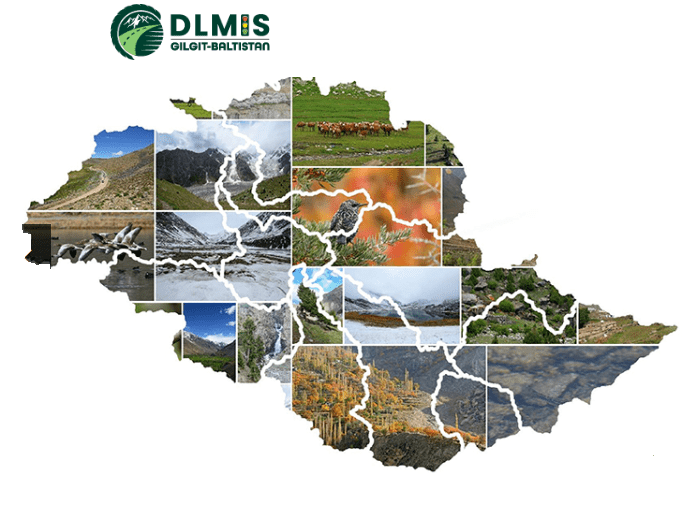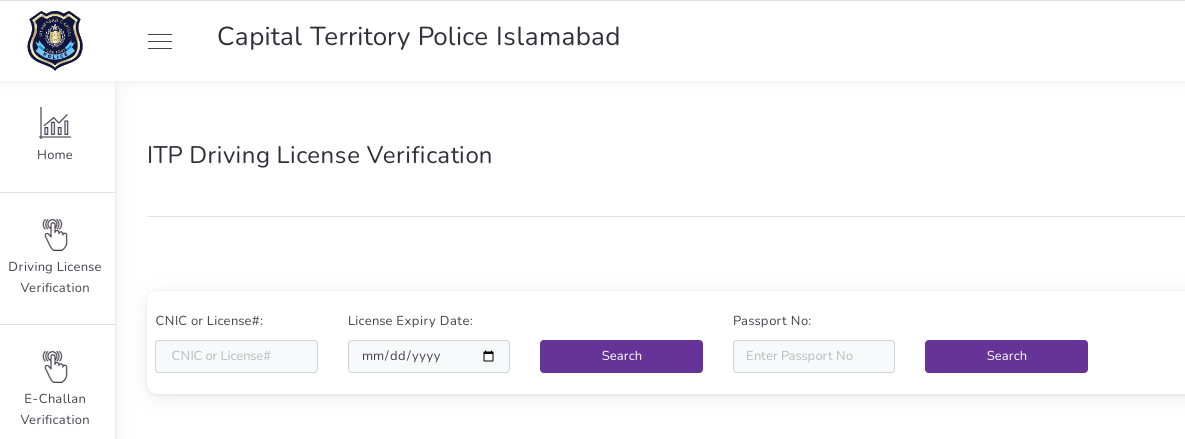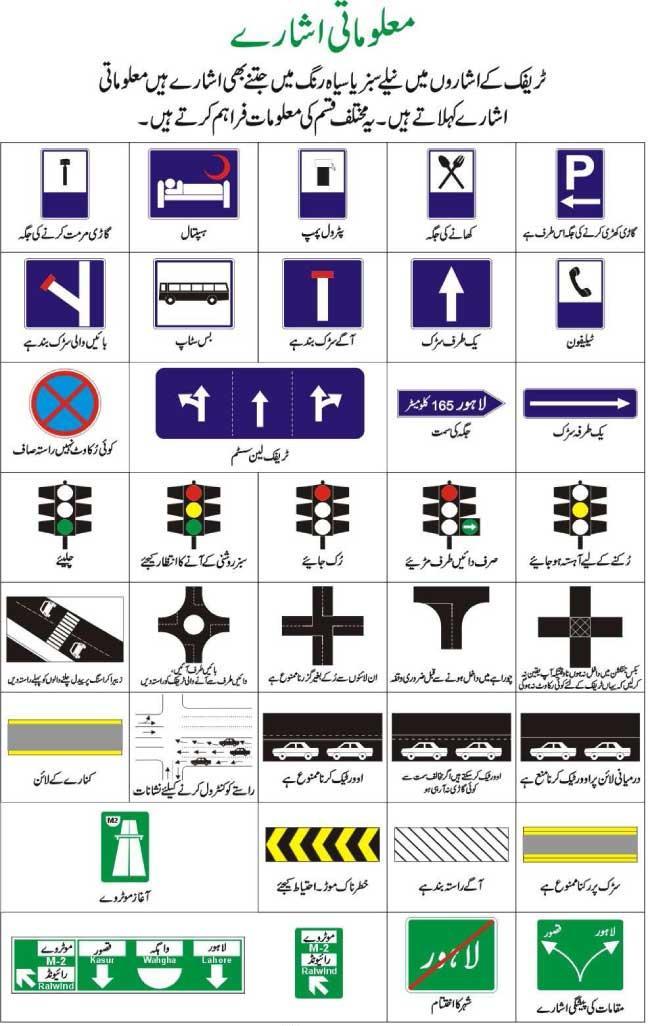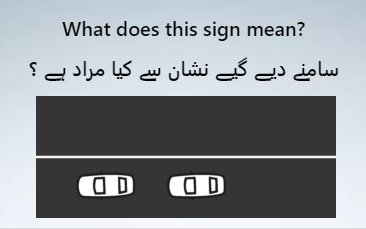
 Are you planning to hit the scenic roads of Gilgit Baltistan? Before embarking on your journey, it’s essential to ensure you have the proper documentation in hand, starting with a valid driving license. Obtaining a driving license in Gilgit Baltistan (GB) has become more convenient with the introduction of online application processes. In this guide, we’ll walk you through the steps to apply for a driving license in GB, the required documents, and the associated fees.
Are you planning to hit the scenic roads of Gilgit Baltistan? Before embarking on your journey, it’s essential to ensure you have the proper documentation in hand, starting with a valid driving license. Obtaining a driving license in Gilgit Baltistan (GB) has become more convenient with the introduction of online application processes. In this guide, we’ll walk you through the steps to apply for a driving license in GB, the required documents, and the associated fees.
Applying Online: A Step-by-Step Guide
Gone are the days of long queues and paperwork. With the digitalization of services, the process of applying for a driving license in GB has become streamlined and accessible. Here’s a step-by-step guide to help you through the online application process:
Step 1: Visit the DLIMS Website
Start by visiting the official website of the Driving License Issuance and Management System (DLIMS) for Gilgit Baltistan. The website URL is dlmis.gbp.gov.pk.
Step 2: Create an Account
If you’re a new user, you’ll need to create an account on the DLIMS website. Provide the required information, including your name, contact details, and CNIC (Computerized National Identity Card) number.
Step 3: Fill in the Application Form
Once you’ve logged into your account, navigate to the section for applying for a new driving license. Fill in the online application form with accurate details, such as your personal information, address, and type of license you’re applying for (e.g., car, motorcycle).
Step 4: Required Documents
Learner License:
- A copy of C.N.I.C
- A Ticket of Rs.60 from any Post Office.
- Get a Code Book of Traffic Rules & Regulation from Traffic Police Office.
- Medical Certificate (by Authorized Medical Practitioner)
NEW Regular License:
- Endorsement Form
- A Copy of Medical Certificate.
- A Copy of N.I.C.
- 2 Attested Fresh Photographs.
- Original Learner Permit of at least Six Weeks.
- Driving Tickets According to Schedule.
- 1st license will be attached.
Renewal of License:
- Required Application Form E within File Cover
- 2 Photo Graph Passport Size
- A copy of NIC
- Original Driving License
- Medical Report
- A Ticket of relevant License
NOTE:
- No charges for renewal of license within one month.
- After one month & before 90 days 50% fine will be charged.
- After 90 days & before one year 100% fine will be charged.
Step 5: Schedule an Appointment
After submitting your application, schedule an appointment for a physical verification and biometric verification at the designated licensing center.
Step 6: Pay the Fee
Depending on the type of license, a learner’s driving permit in Balochistan costs different amounts. Additionally, a learner license permit costs Rs. 60. The bank challan price is RS 450, and the IDP fee is Rs 66. A duplicate driving license costs Rs. 100 for motorbikes, Rs. 150 for cars and LTV, and Rs. 200 for HTVs. For motorbikes, the vehicle verification price is Rs. 300; for other types of vehicles, it is Rs. 1000.
Age Limits for Learner Permit
- Motor Cycle/ Motor Car: 18 Years
- LTV (Rikshaw, Taxi, Tractor Commercial): 21 Years
Note: Learner permits are issued on Daily Bases which Validity is of 6 months.
Once you’ve completed all the steps, your application will be processed by the authorities. You can track the status of your application through the DLIMS website using the unique application ID provided to you.








 In the current digital era, a successful firm or institution must prioritize customer pleasure. Understanding this necessity, the State Bank of
In the current digital era, a successful firm or institution must prioritize customer pleasure. Understanding this necessity, the State Bank of  Sunwai is available via a mobile application as well as a dedicated
Sunwai is available via a mobile application as well as a dedicated 





